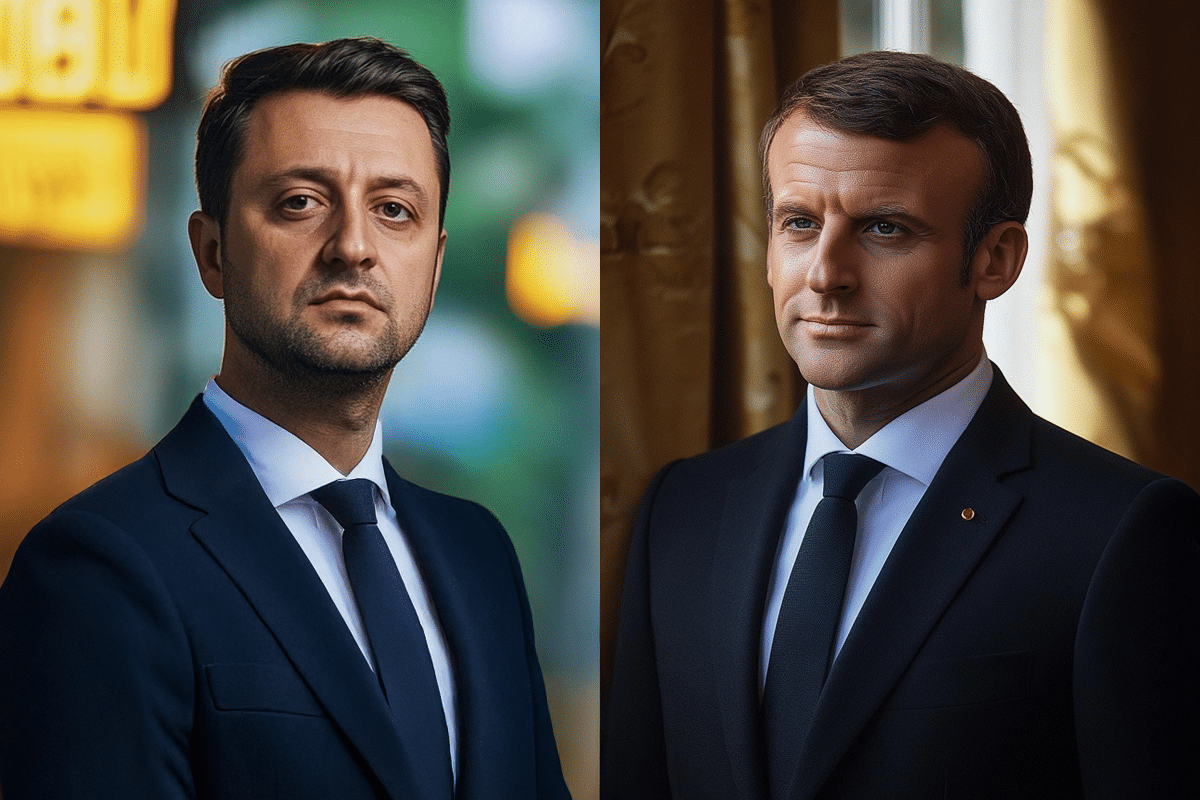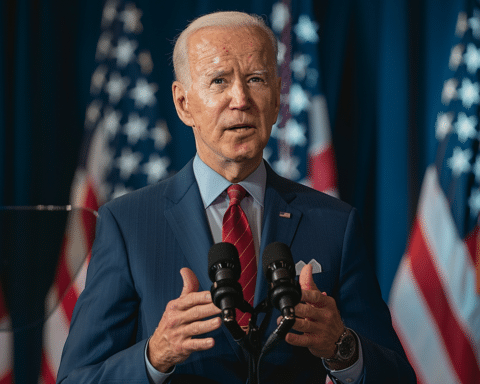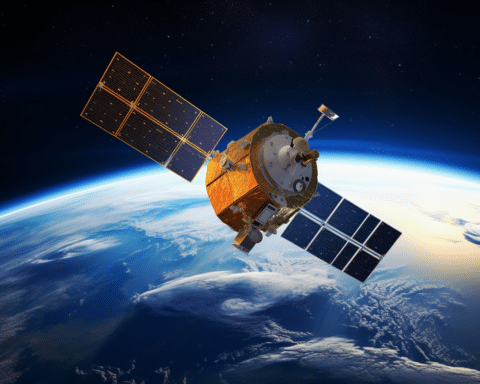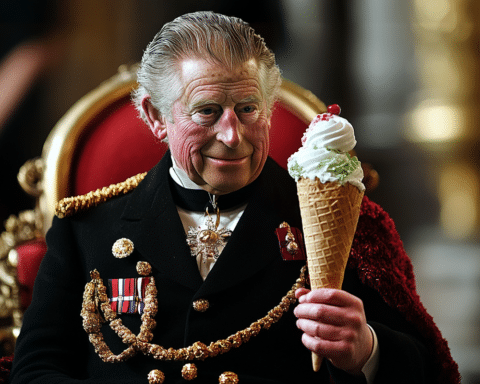Ukrainian President Volodymyr Zelenskyy and French President Emmanuel Macron have discussed the possibility of deploying Western troops to Ukraine to help secure any potential peace agreement with Russia. The conversation, which took place just before German Defense Minister Boris Pistorius visited Kyiv, highlights growing international deliberations on how to manage a peace deal and its aftermath.
Pistorius’ visit to Kyiv on Tuesday underscores Germany’s continued support for Ukraine in the face of an evolving geopolitical landscape. His unannounced visit came after a significant meeting in Warsaw with defense ministers from France, the United Kingdom, Italy, and Poland—five of Europe’s largest military spenders. The discussions in Kyiv were notably framed by the looming changes to U.S. foreign policy under President-elect Donald Trump, whose administration is expected to bring substantial shifts in Washington’s approach to the ongoing war.
Although the U.S. has been a key provider of military aid to Ukraine, Trump has raised concerns about the financial burden on American taxpayers. He has also indicated his intention to encourage European countries to shoulder a greater portion of the responsibility in the war effort. This pressure could have far-reaching consequences for NATO and the global security framework as a whole. In the context of these geopolitical changes, Pistorius reassured Kyiv of Germany’s commitment, emphasizing that the country, as Europe’s largest NATO member, will stand by Ukraine alongside its European allies.
The discussions between Zelenskyy and Macron focus on one particularly sensitive issue: security guarantees for Ukraine, particularly in the form of military deployments. Zelenskyy has been vocal about Ukraine’s need for strong security assurances to protect any peace agreement once the war with Russia ends. As part of this, the two leaders explored the French proposal for a potential deployment of Western military contingents in Ukraine. The initiative is viewed as a way to provide Ukraine with the necessary security guarantees while ensuring peace in the post-conflict period. However, the idea of sending European peacekeepers is fraught with potential risks.
Sending Western troops into Ukraine could heighten tensions with Russia, which remains resolutely opposed to foreign military presence in its sphere of influence. Ukrainian officials have expressed concerns that such a move may not deter Russia from future aggression and could lead to a direct confrontation between Russia and NATO, drawing the United States into a broader conflict. The fear is that Europe’s direct involvement could escalate the situation and involve NATO forces in an unpredictable and costly war.
The situation on the ground in Ukraine is increasingly dire. The Ukrainian military is firmly on the defensive along a 1,000-kilometer front line, particularly in the eastern Donetsk region, where Russian forces are intensifying their offensive. Ukrainian forces are stretched thin, with over 100 brigades actively engaged in combat. Each of these units requires substantial support, and Zelenskyy has indicated that Ukraine is facing challenges in maintaining equipment and logistical supplies for its troops. This strain is compounded by the need for further mobilization to address the growing demands of the war.
In response to the ongoing conflict, Ukraine has built up an impressive arsenal of long-range drones and missiles. These weapons have been used to strike key Russian targets far behind the front lines, including military infrastructure like arms depots, oil refineries, and manufacturing plants. A recent Ukrainian drone attack on two industrial facilities in Russia’s Saratov region severely damaged critical infrastructure, reducing Russia’s strategic aviation capabilities. Despite Russia’s claims that it shot down many of the drones, the attack underscores Ukraine’s growing ability to strike deep within Russian territory.
Russia’s military response has been swift and uncompromising, accusing Ukraine of using advanced Western-supplied weapons, such as U.S.-made ATACMS missiles and U.K.-supplied Storm Shadow missiles, in these attacks. The Russian Defense Ministry has vowed retaliation, warning that such actions will not go unanswered. These escalating strikes highlight the fragile nature of the situation and the ever-present risk of broader regional instability.
As the conflict continues to evolve, international leaders are grappling with how best to support Ukraine while avoiding a broader confrontation with Russia. With the future of Ukraine hanging in the balance, discussions around military deployments, peace guarantees, and the shifting dynamics of NATO and U.S. policy will likely shape the outcome of this ongoing crisis.





